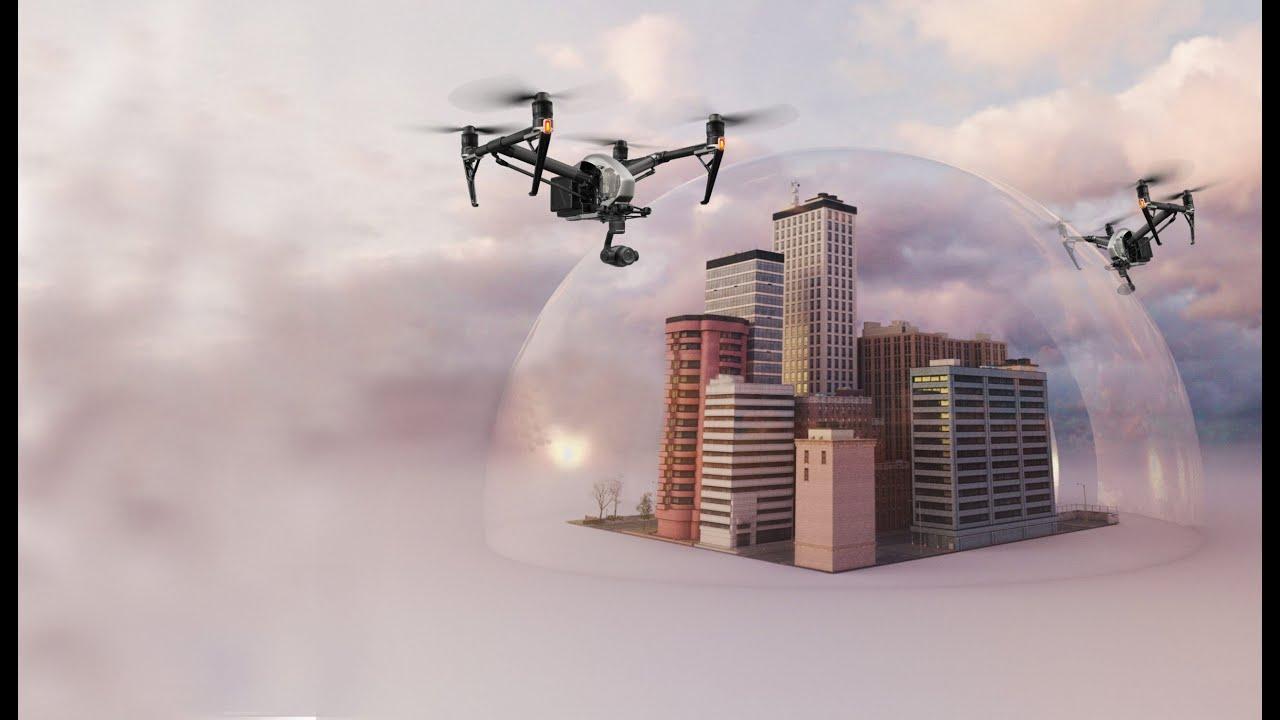As commercial drones have proliferated in recent years, so too have concerns about their potential misuse. While drones can enable tremendous benefits when used responsibly, bad actors threaten the safety and privacy of citizens from the skies above. Governments and communities must work to secure the public from harmful drone operations through various anti-drone technologies and policies.
The Rise of Malicious Drone Activity
Drones are increasingly being used for invasive, dangerous, and illegal purposes that threaten lives. Incidents of drones carrying drugs or explosives into prisons, as well as drones violating privacy by hovering outside homes or spying on private events, have grown more common in the past few years. Perhaps most disturbingly, some terrorist organizations have begun experimenting with weaponizing small drones to launch attacks. The accessibility and low costs of consumer drones have enabled such malicious uses that need to be curtailed.
Countering Drones with Detection Systems
To protect against unsafe drone incursions, detection systems are being developed and deployed that can identify nearby drones and track their movements. Radar, acoustic sensors, video cameras, and radio frequency detection technologies allow authorities to swiftly locate rogue drones. When integrated into a centralized monitoring network, detection systems provide comprehensive drone situation awareness over wide areas. They are useful for both halting active threats and also recording evidence of illegal drone flights to apprehend perpetrators.
Subheading: Jamming Technologies Neutralize Risks
Another important anti-drone strategy involves utilizing jamming devices that disrupt drones' ability to operate. Radio frequency jammers broadcast interference signals within a drone's navigation band, GPS band, or control link band – severing the drone's communications with its operator. When jammed, the drone loses control and falls harmlessly to the ground or returns automatically to its launch point. Jamming technologies afford authorities a non-violent means to immediately neuter any drones deemed unsafe within their scope of effect. Of course, jamming also requires regulation to avoid collateral impacts on other electronics.
Subheading: Intercepting Drones with Counter-UAV Systems
For the highest-risk drone threats, active interception systems provide precision countermeasures. Also called counter-unmanned aerial vehicle (C-UAV) systems, these deployments physically intercept or disable rogue drones. Some C-UAV techniques employ trained eagles or falcons to seize drones in mid-air. More advanced options launch nets to entangle drones, or fire projectiles like nets orsticky foam to knock drones down without destroying them. Powerful military-grade systems may deploy directed energy weapons like lasers. While expensive, such interceptors are critical tools for defense against weaponized drones conducting surveillance or attacks.
Subheading: Developing Drone Forensics Capabilities
As the volume of drones worldwide grows exponentially, so too will incidents of misuse that require investigation. Law enforcement therefore needs robust forensics abilities to analyze recovered drones for evidence - identifying owners, flight paths, payloads, and more. Advanced chipsets and data recorders on commercial drones generate trovesof metadata that could pinpoint criminals if properly decoded. Governments must invest in drone forensics labs and train examiners to extract digital clues from all types of drones. Combined with other evidence like video footage, forensics analysis helps attribute responsibility and underpins effective prosecutions against malicious drone pilots.
Formulating Comprehensive Anti-Drone Policies
While technology protects skies, clear policies establish norms and consequences. Jurisdictions have begun outlining drone security strategies spanning multiple goals: requiring drone registration like aircraft, restricting drone flights over sensitive areas, legalizing countermeasures, clarifying public and private drone enforcement roles, mandating geo-fencing and remote identification, and legislating stronger penalties for misuse. Coordinated global policy efforts likewise aim to deny terrorist acquisition of military drones. Comprehensive, multi-faceted policy frameworks scaled from local to international will sustainably address emerging drone threats to societies in the coming era.
Conclusion
As surveillance and delivery drones become ever more ubiquitous, so too does scrutiny of their potential for harm. Safeguarding communities demands vigilance through calibrated regulation as well as robust protective counter-drone infrastructure. While technology adapts rapidly, policy must thoughtfully govern its use - ensuring the enormous societal benefits of drones are not outweighed by unseen dangers in our skies above. With responsible development and oversight, drones can be properly secured to nurture innovation and enhance modern life.
